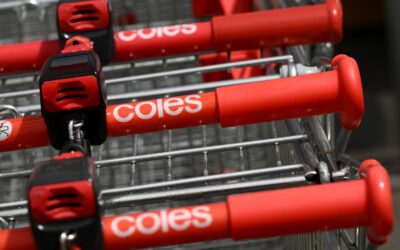Sorry, that’s old news…
You’ve found an older news story. We delete stories from our AAP News Feed after two months. But fear not, here’s today’s news!

An American aviation investor will take over Rex after creditors backed in its proposal to buy the regional ...

Coles shareholders have voted down activist-backed resolutions taking aim at its sourcing of salmon after ...

Former senator Linda Reynolds' bid to bankrupt Brittany Higgins following a successful defamation case against her ...

Sex abuse allegations against shock jock Alan Jones will be aired during a four-and-a-half-month-long court ...

Scenes of neo-Nazis chanting outside a state parliament have prompted the prime minister to call for more action ...

Australia's biggest company has posted its financial results for the quarter, but despite improving on most ...

Warren Buffett says he will be "going quiet" after he steps down as Berkshire Hathaway CEO at the end of this year.

UN climate negotiations have kicked off on the edge of the Brazilian Amazon, with the top official calling on ...
No results found.
Background image courtesy victoriancollections.net.au